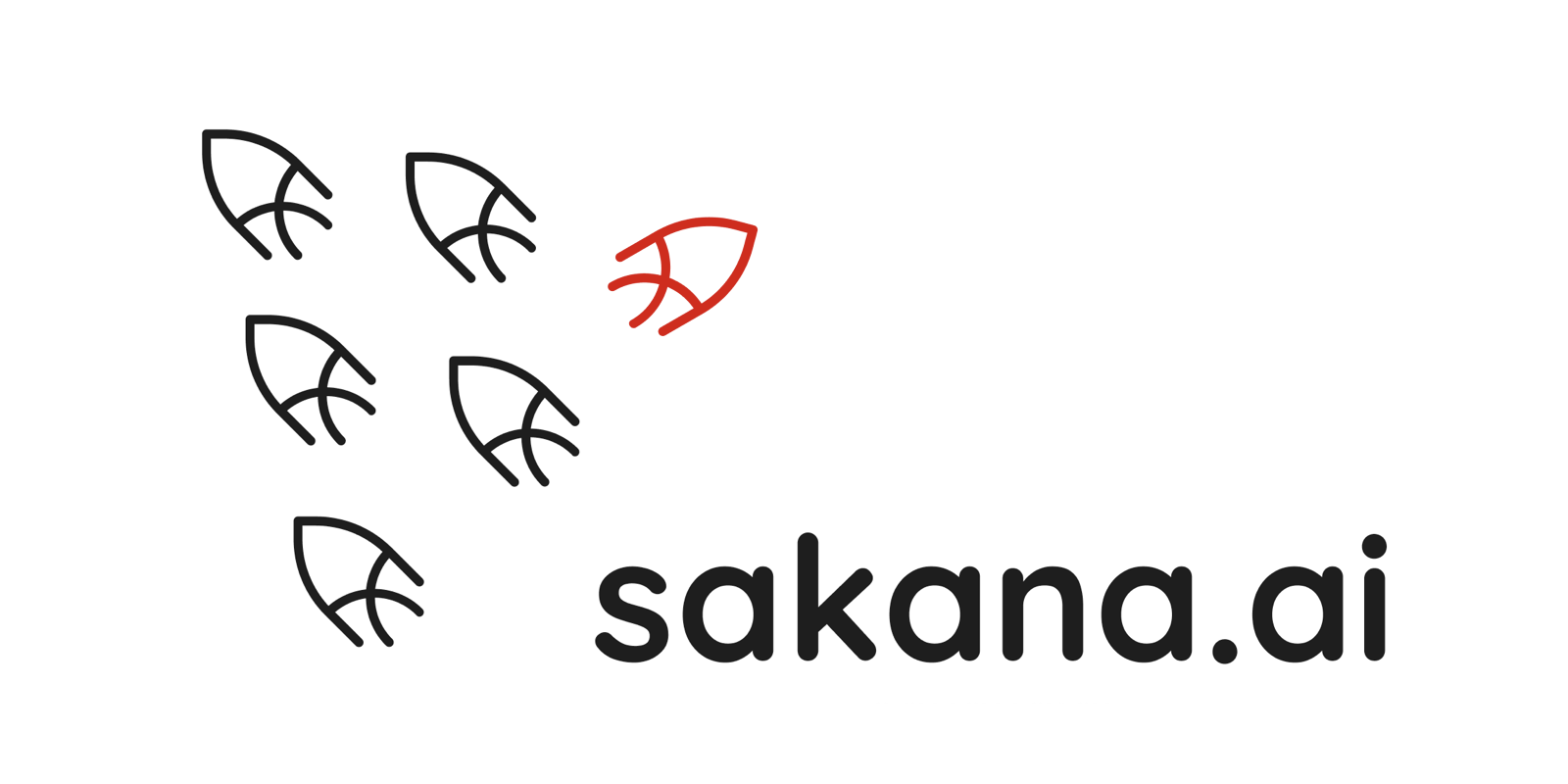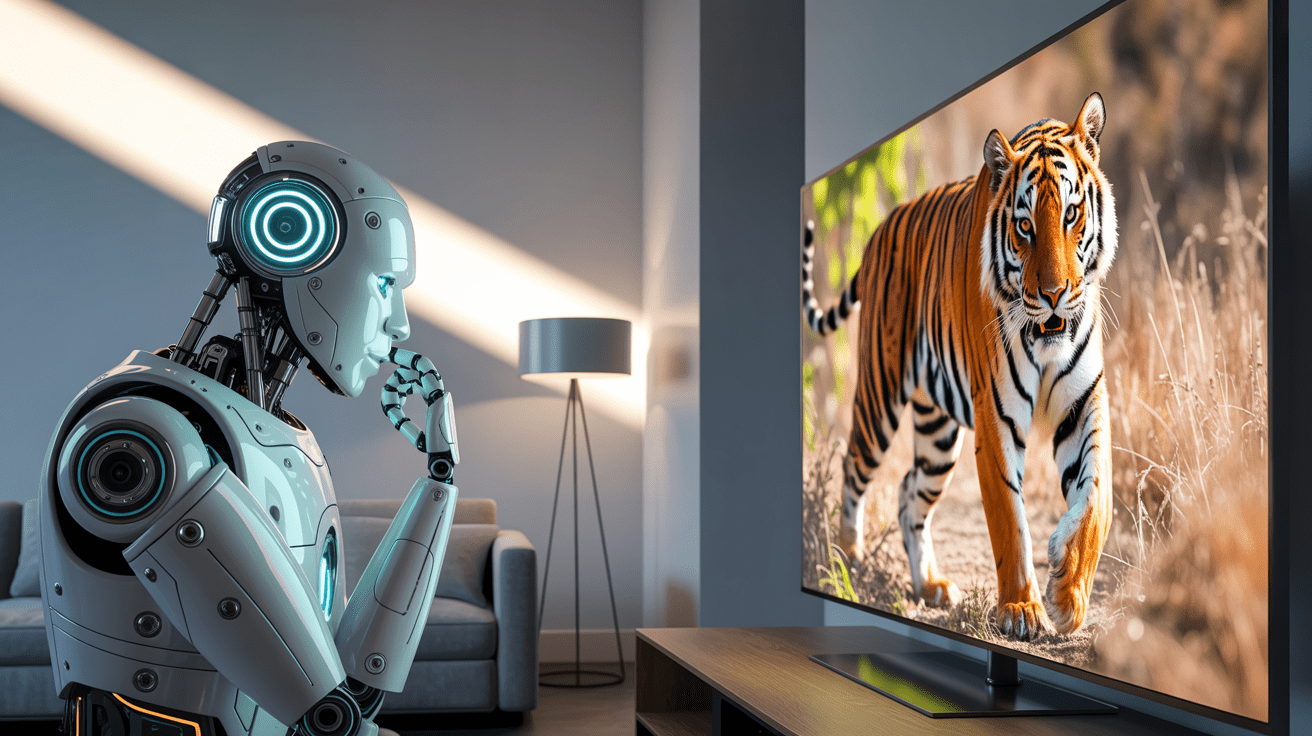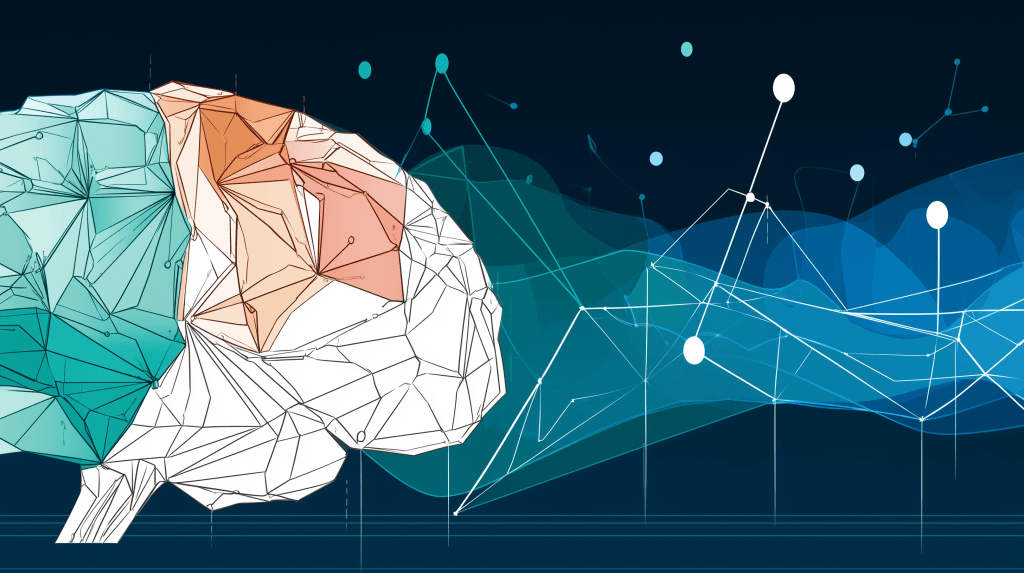Tokyo-based Sakana AI, co-founded by former top Google AI scientists, unveiled the Continuous Thought Machine (CTM) on May 12, 2025. The CTM is the first artificial neural network that uses neuron synchronisation as its core reasoning mechanism, enabling AI to "think" through problems step-by-step. This represents a significant departure from Transformer models, which use parallelized, fixed-depth layers to process inputs in a single pass.
The CTM introduces two key innovations: each artificial neuron maintains access to its own history, and the model's core behavior relies on synchronization between neurons, resulting in richer dynamics and different task-solving behavior. On the ImageNet-1K benchmark, the CTM achieved 72.47% top-1 and 89.89% top-5 accuracy, which remains competitive considering the fundamentally different architecture. In maze-solving tasks, the CTM learned a human-like approach where it can be observed following the path through the maze in its attention patterns.
The CTM represents a meaningful step toward bridging the gap between biological and artificial neural networks by offering interpretable and dynamically adaptive computational capabilities. The model can perform energy-efficient inference on simpler tasks while applying deeper reasoning for complex problems, promising practical advantages for production systems with variable input complexity or strict regulatory requirements.
Sources:
1.

2.

3.











